Home>Gardening & Outdoor>Landscaping Ideas>Why Grass-Fed Beef Is Better
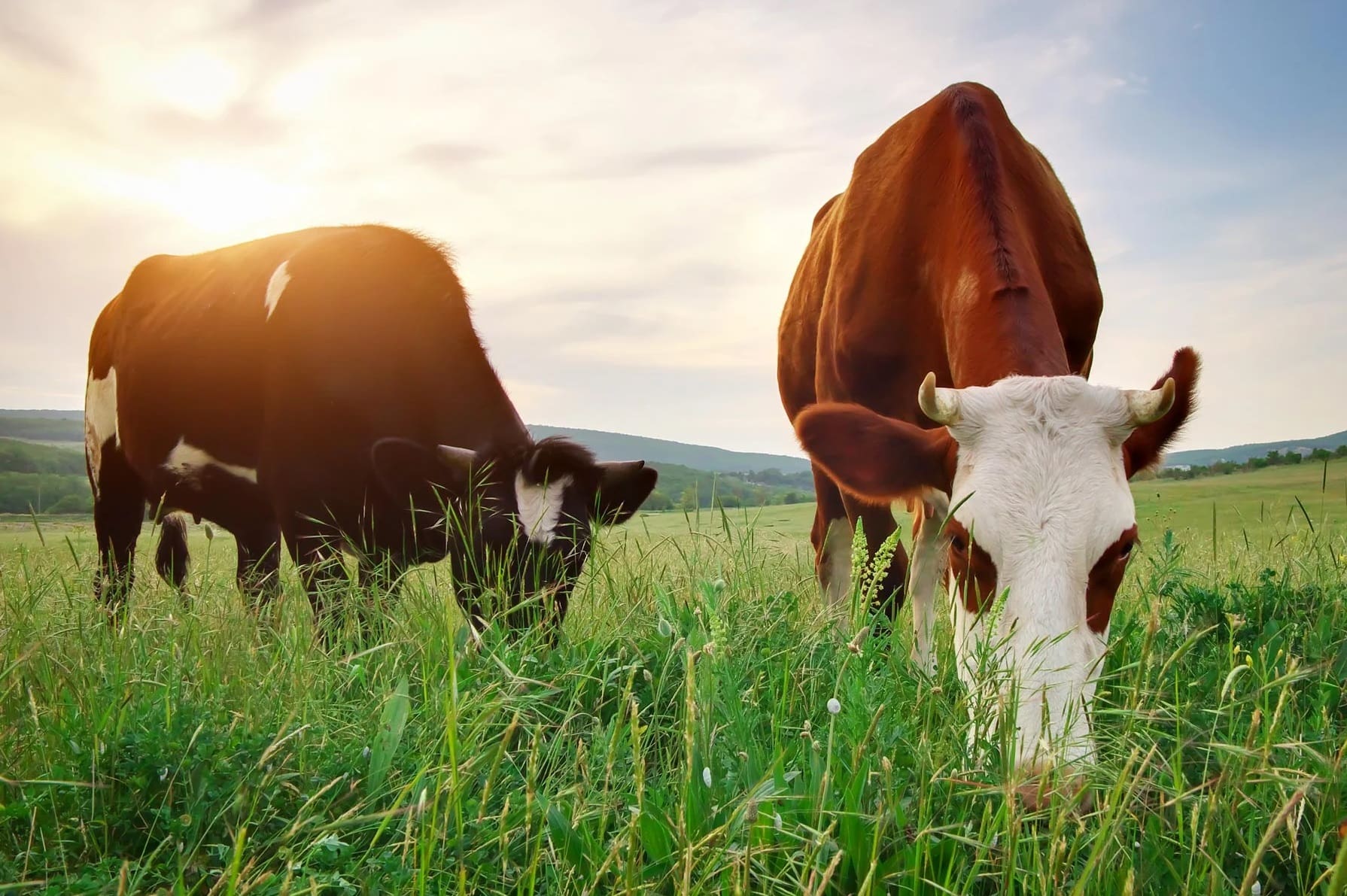

Landscaping Ideas
Why Grass-Fed Beef Is Better
Modified: March 26, 2024
Discover why grass-fed beef is better for your health and the environment. Explore landscaping ideas to create a sustainable and beautiful outdoor space. Unlock the benefits of grass-fed beef and enhance your landscaping with innovative ideas.
(Many of the links in this article redirect to a specific reviewed product. Your purchase of these products through affiliate links helps to generate commission for Storables.com, at no extra cost. Learn more)
Introduction
When it comes to savoring a delectable meal, few things can rival the succulent taste and rich aroma of a perfectly cooked steak. However, not all beef is created equal. The source of the beef, particularly whether the cattle were grass-fed or grain-fed, plays a pivotal role in determining not only the taste but also the nutritional value and environmental impact of the meat.
Grass-fed beef, as the name suggests, comes from cattle that have grazed on natural pasture for the majority of their lives, whereas grain-fed beef typically originates from cattle raised in confined feedlots and fed a diet primarily consisting of corn and soy. This fundamental difference in the animals' diets leads to a myriad of disparities in the meat produced, spanning from its nutritional composition to its impact on the environment.
In this article, we will delve into the various aspects that make grass-fed beef the superior choice. From its nutritional benefits to its positive environmental footprint, as well as its implications for animal welfare and the overall quality of the meat, the advantages of opting for grass-fed beef are substantial and far-reaching. By the end of this exploration, you will gain a comprehensive understanding of why grass-fed beef stands out as a top-tier option for both conscientious consumers and culinary enthusiasts alike.
Key Takeaways:
- Grass-fed beef is not only delicious but also packed with healthy nutrients like omega-3 fatty acids and essential vitamins, making it a top choice for both health-conscious eaters and food lovers.
- Choosing grass-fed beef supports sustainable farming, promotes animal welfare, and offers a superior dining experience with its rich flavor, tender texture, and ethical integrity.
Read more: How Is Grass-Fed Beef Better For You
Nutritional Benefits of Grass-Fed Beef
Grass-fed beef is not only a delectable choice for meat enthusiasts but also a nutritional powerhouse, offering a myriad of health benefits that set it apart from its grain-fed counterpart. The diet of grass-fed cattle, predominantly composed of natural pasture, imbues the meat with a distinct nutritional profile that is rich in essential nutrients and healthy fats.
One of the primary advantages of grass-fed beef lies in its superior omega-3 fatty acid content. Unlike grain-fed beef, which tends to have a higher omega-6 to omega-3 ratio, grass-fed beef boasts a more balanced and favorable ratio of these essential fatty acids. This balance is crucial for promoting heart health, reducing inflammation, and supporting overall well-being.
Furthermore, grass-fed beef is a notable source of conjugated linoleic acid (CLA), a type of beneficial fatty acid linked to a myriad of health benefits, including improved body composition, enhanced immune function, and reduced risk of chronic diseases. Studies have also suggested that CLA may possess anti-cancer properties, further underscoring the nutritional value of grass-fed beef.
In addition to its healthy fat composition, grass-fed beef is replete with essential vitamins and minerals. It is a rich source of B-vitamins, including B12, which is crucial for neurological function, as well as abundant in minerals such as zinc, iron, and selenium. These nutrients play pivotal roles in supporting energy production, immune function, and overall vitality.
Moreover, the meat from grass-fed cattle tends to be leaner than grain-fed beef, with lower overall fat content. This leanness not only contributes to a more favorable fat profile but also ensures that the meat is packed with protein, making it an excellent choice for individuals seeking to maintain or build muscle mass.
By opting for grass-fed beef, consumers can relish not only the delectable flavor and succulent texture of the meat but also the assurance that they are nourishing their bodies with a nutrient-dense, health-promoting source of protein and essential nutrients.
Environmental Benefits of Grass-Fed Beef
Aside from its exceptional nutritional profile, grass-fed beef also offers a host of environmental benefits, positioning it as a sustainable and eco-conscious choice for environmentally aware consumers. The production of grass-fed beef is characterized by a significantly lower environmental footprint compared to conventional grain-fed beef, making it a compelling option for those seeking to reduce their ecological impact.
One of the key environmental advantages of grass-fed beef lies in its contribution to soil health and carbon sequestration. Cattle raised on pasture play a crucial role in promoting soil fertility and biodiversity, as their grazing activities stimulate the growth of diverse plant species and enhance soil structure. This, in turn, facilitates carbon sequestration, helping to mitigate the effects of climate change by removing carbon dioxide from the atmosphere and storing it in the soil.
Moreover, the pasture-based system of raising grass-fed cattle typically involves less intensive land use and lower reliance on synthetic inputs, such as fertilizers and pesticides, compared to the production of grain-fed beef. This results in reduced pressure on natural resources and a more sustainable approach to livestock farming, aligning with principles of environmental stewardship and conservation.
Furthermore, the lower dependency on grain cultivation for feed in the production of grass-fed beef translates to a reduced strain on agricultural land and water resources. By minimizing the need for extensive grain production and associated irrigation, grass-fed beef offers a more resource-efficient and environmentally friendly alternative to conventional beef production methods, thereby contributing to the preservation of vital ecosystems and water conservation efforts.
By choosing grass-fed beef, consumers can actively support sustainable agricultural practices and contribute to the preservation of natural habitats and biodiversity. The environmentally conscious approach to grass-fed beef production underscores its role as a responsible and eco-friendly choice, allowing consumers to savor the delectable taste of beef while treading lightly on the planet.
When choosing grass-fed beef, look for labels that specify 100% grass-fed to ensure the cattle were raised on a natural diet, resulting in higher levels of omega-3 fatty acids and antioxidants.
Animal Welfare and Grass-Fed Beef
When considering the source of the meat on their plates, conscientious consumers often prioritize animal welfare, recognizing the importance of ethical and humane treatment of livestock. In this regard, grass-fed beef emerges as a favorable choice, offering a range of benefits that align with principles of animal welfare and ethical farming practices.
One of the primary advantages of grass-fed beef in relation to animal welfare lies in the animals’ living conditions and natural behavior. Cattle raised on pasture are afforded the opportunity to engage in natural grazing behaviors, roam freely in open spaces, and exhibit their inherent social dynamics. This contrasts with the confined and often overcrowded conditions prevalent in conventional feedlot operations, where grain-fed cattle are typically raised.
By allowing cattle to graze on natural pasture, grass-fed beef production promotes the animals’ physical and psychological well-being, enabling them to express their natural behaviors and enjoy a higher quality of life. This emphasis on providing a more natural and species-appropriate environment for the cattle underscores the ethical considerations inherent in grass-fed beef production.
Furthermore, the pasture-based system of raising grass-fed cattle often entails reduced reliance on antibiotics and growth hormones, which are commonly used in intensive grain-fed beef production to promote rapid growth and mitigate the health risks associated with overcrowded feedlot conditions. The lower dependency on these pharmaceutical interventions in grass-fed beef production aligns with efforts to minimize the use of potentially harmful substances and prioritize the animals’ health and welfare.
By choosing grass-fed beef, consumers can actively support ethical and humane farming practices, contributing to the well-being of the animals and the promotion of more sustainable and compassionate approaches to livestock rearing. The emphasis on natural behaviors, open grazing environments, and reduced reliance on pharmaceutical interventions underscores the ethical considerations that make grass-fed beef a preferred choice for those seeking to make informed and conscientious decisions about the meat they consume.
Taste and Quality of Grass-Fed Beef
When it comes to savoring a memorable culinary experience, the taste and quality of the beef are paramount. Grass-fed beef, renowned for its exceptional flavor and superior quality, offers a dining experience that transcends the ordinary, captivating the palates of discerning meat enthusiasts and culinary connoisseurs alike.
One of the defining characteristics of grass-fed beef is its rich, robust flavor profile, which sets it apart from grain-fed beef. The meat derived from grass-fed cattle exhibits a distinctive depth of flavor, often described as earthy, nutty, and complex, owing to the animals’ natural diet of diverse pasture grasses and forage. This nuanced flavor profile lends an unparalleled depth and dimension to dishes, elevating the dining experience and delighting the senses.
Moreover, the quality of grass-fed beef extends beyond its flavor, encompassing aspects such as texture, tenderness, and overall eating experience. Grass-fed beef is prized for its tender yet firm texture, with a satisfying mouthfeel that reflects the animals’ active and natural lifestyle. The meat’s leaner composition contributes to a pleasing texture, ensuring that each bite is a harmonious balance of succulence and substance.
Additionally, the superior quality of grass-fed beef is evident in its marbling, color, and overall appearance. The meat boasts a vibrant, reddish hue and a distinct marbling pattern, indicative of its nutrient-dense composition and the animals’ healthy, pasture-based diet. This visual appeal, coupled with the meat’s succulent texture and rich flavor, enhances the overall sensory experience of enjoying grass-fed beef.
Furthermore, the commitment to sustainable and ethical farming practices inherent in grass-fed beef production resonates with consumers who seek to make informed and conscientious choices about the food they consume. The assurance of high-quality, flavorful meat, coupled with the knowledge that it is sourced from animals raised in a natural and humane environment, adds an enriching dimension to the dining experience, allowing consumers to savor their meals with a sense of satisfaction and ethical alignment.
By opting for grass-fed beef, consumers can indulge in a culinary journey defined by exceptional taste, superior quality, and ethical integrity, savoring each bite with the knowledge that they are not only treating their palates to a remarkable gastronomic experience but also supporting sustainable and conscientious farming practices.
Read more: Why Does Grass-Fed Beef Smell
Conclusion
In the realm of culinary delights and conscientious consumption, the choice of beef extends beyond mere preference, encompassing a spectrum of considerations that span from nutritional value and environmental impact to animal welfare and overall quality. Grass-fed beef, with its myriad advantages, emerges as a compelling choice for those seeking a superior culinary experience intertwined with ethical and sustainable principles.
From a nutritional standpoint, grass-fed beef stands out as a nutritional powerhouse, offering a rich array of essential nutrients, healthy fats, and protein. Its favorable omega-3 to omega-6 ratio, abundance of vitamins and minerals, and lean composition render it a nourishing and health-promoting source of protein, catering to the needs of health-conscious consumers and discerning epicureans alike.
Furthermore, the environmental benefits of grass-fed beef are substantial, with its emphasis on sustainable land use, carbon sequestration, and reduced reliance on synthetic inputs contributing to a more eco-conscious approach to beef production. By choosing grass-fed beef, consumers actively support sustainable agricultural practices and contribute to the preservation of natural ecosystems and resources.
In the realm of animal welfare, grass-fed beef shines as a beacon of ethical farming practices, offering cattle the opportunity to graze on natural pasture, express their natural behaviors, and thrive in a more species-appropriate environment. The emphasis on humane treatment and reduced reliance on pharmaceutical interventions underscores the ethical considerations inherent in grass-fed beef production.
Moreover, the taste and quality of grass-fed beef are unparalleled, with its robust flavor, tender texture, and visual appeal elevating the dining experience to new heights. Each bite of grass-fed beef is a testament to the animals’ natural diet, active lifestyle, and the ethical and sustainable farming practices that underpin its production.
In conclusion, the virtues of grass-fed beef extend far beyond its delectable taste, encompassing a holistic tapestry of nutritional, environmental, ethical, and sensory attributes. By embracing grass-fed beef, consumers not only indulge in a superlative culinary experience but also champion sustainable, ethical, and health-conscious principles, making a positive impact on their well-being and the planet.
Frequently Asked Questions about Why Grass-Fed Beef Is Better
Was this page helpful?
At Storables.com, we guarantee accurate and reliable information. Our content, validated by Expert Board Contributors, is crafted following stringent Editorial Policies. We're committed to providing you with well-researched, expert-backed insights for all your informational needs.
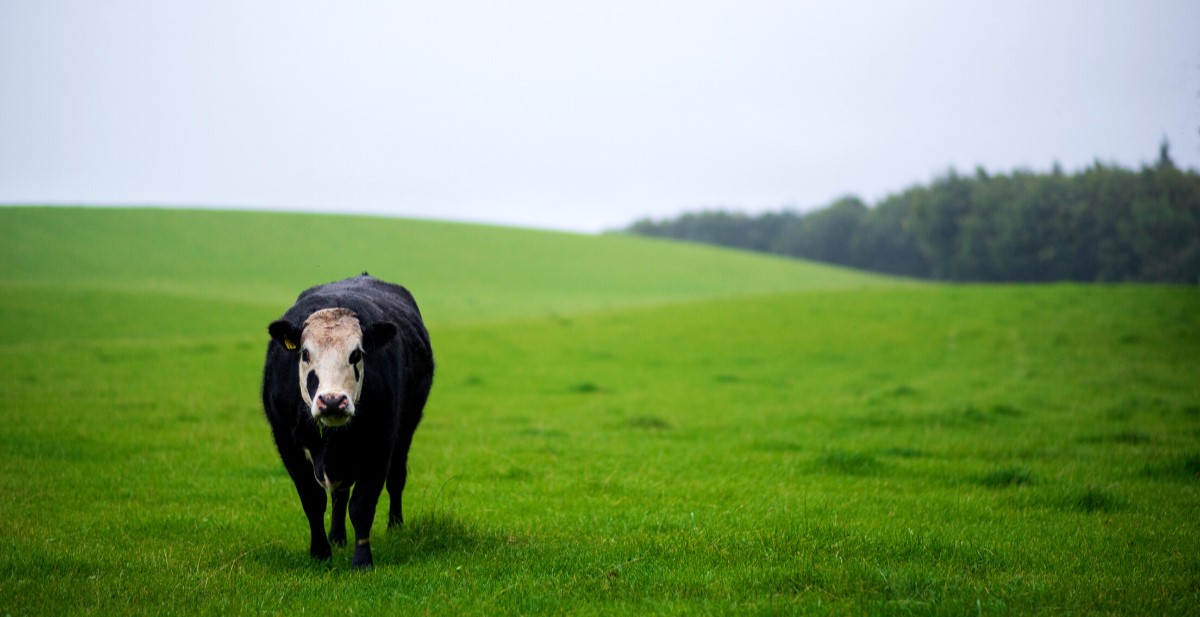
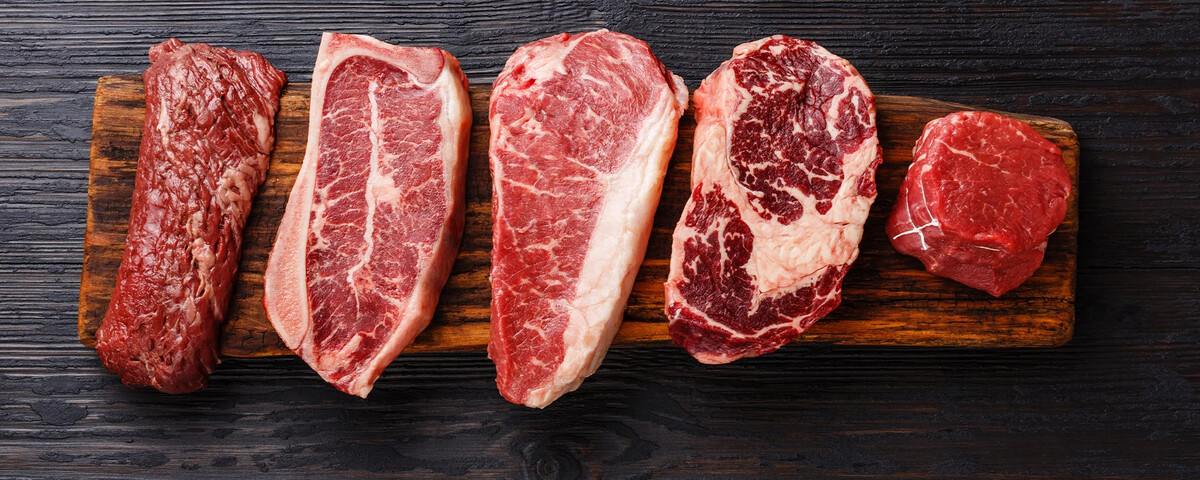
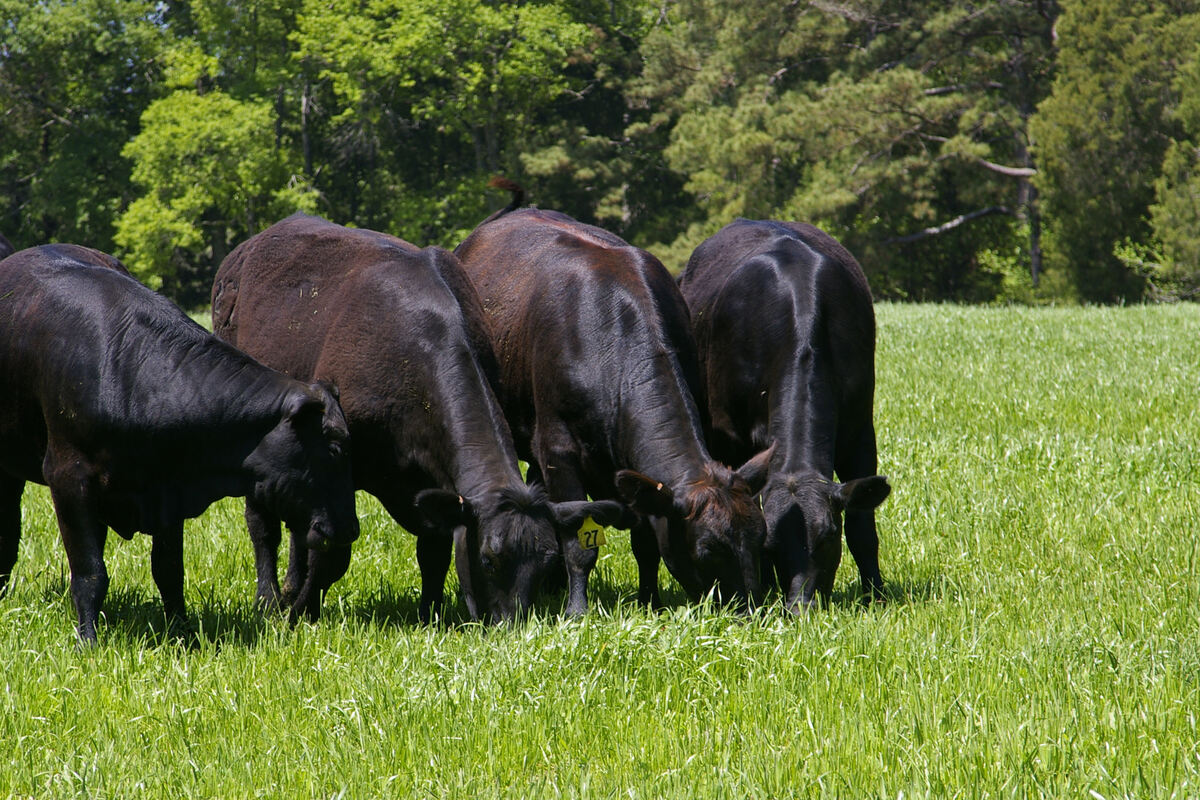
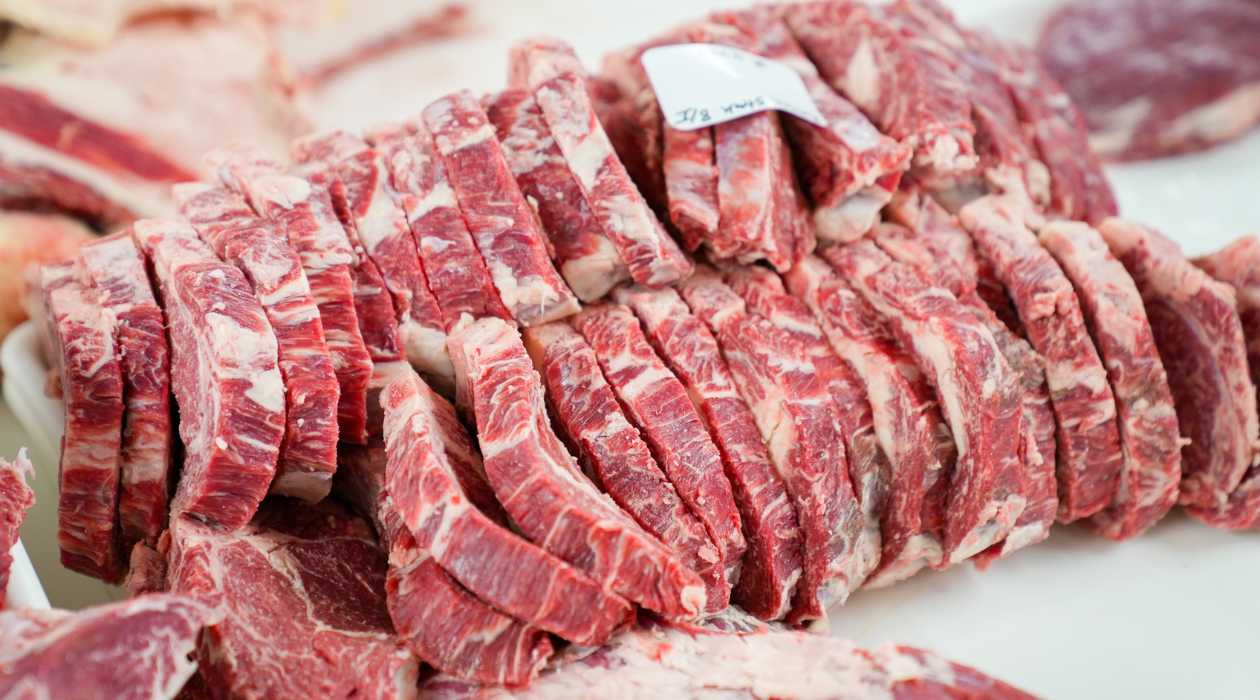
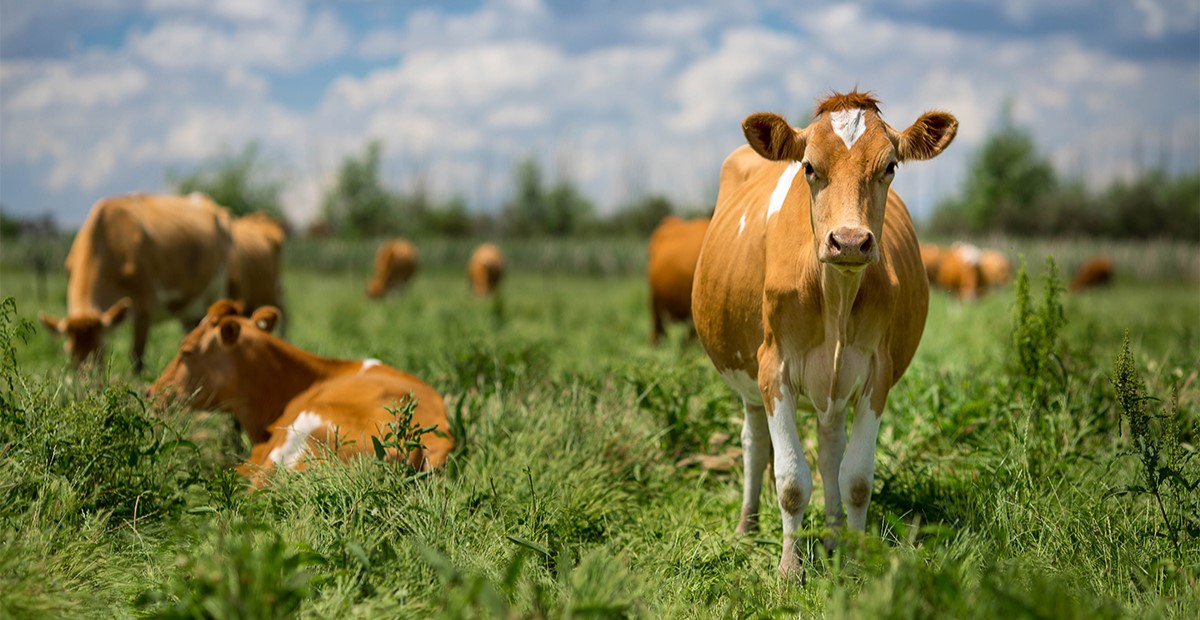
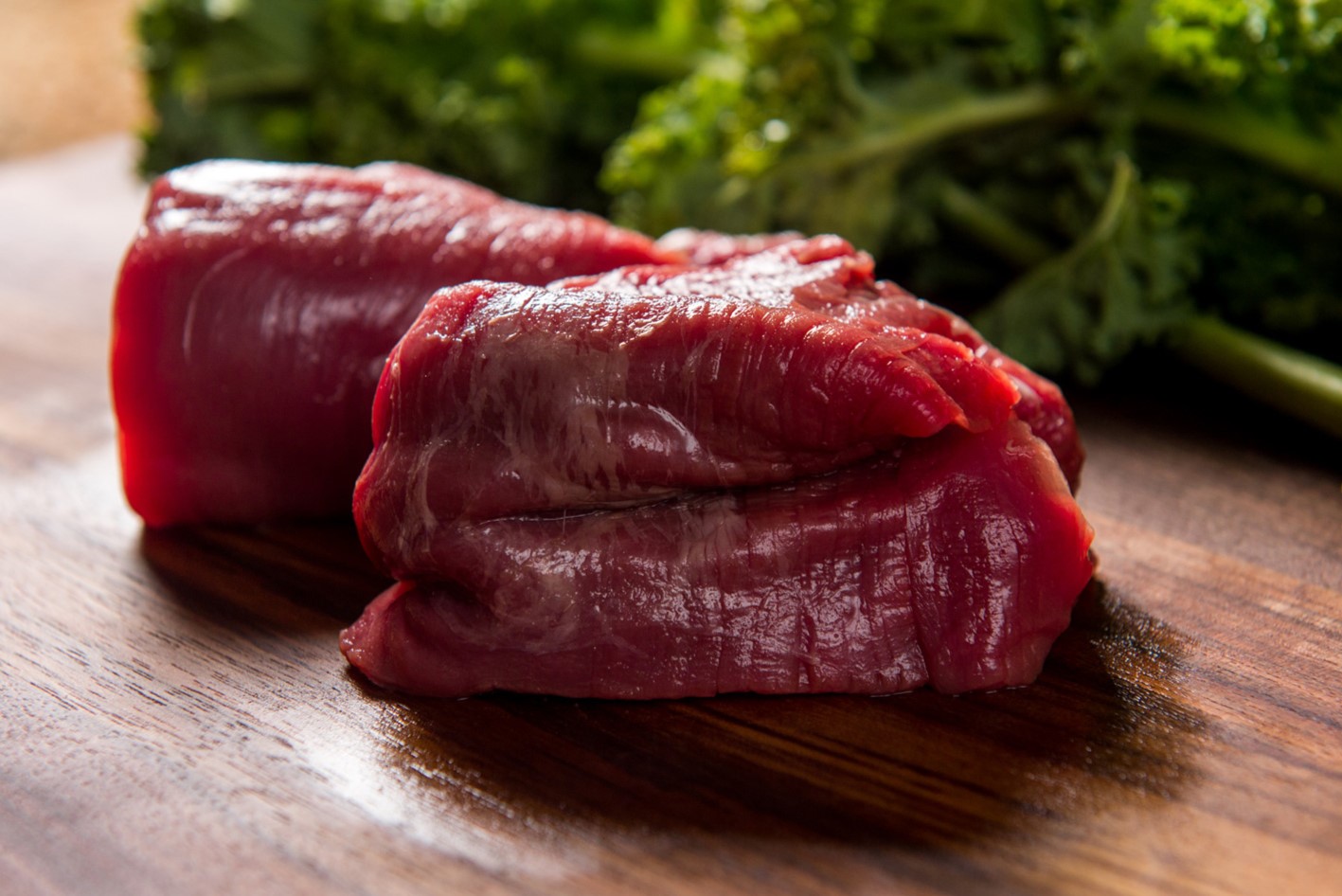
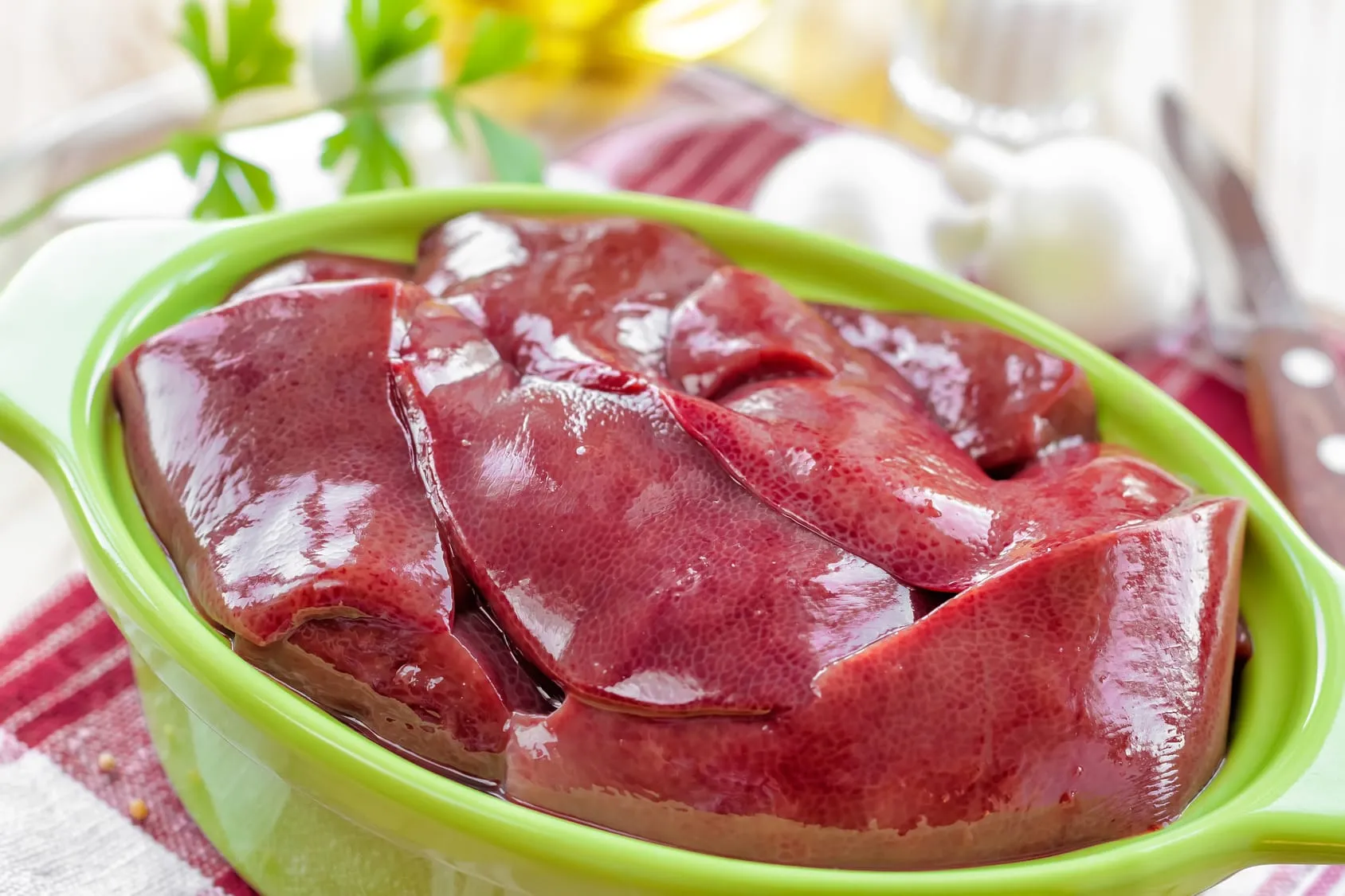
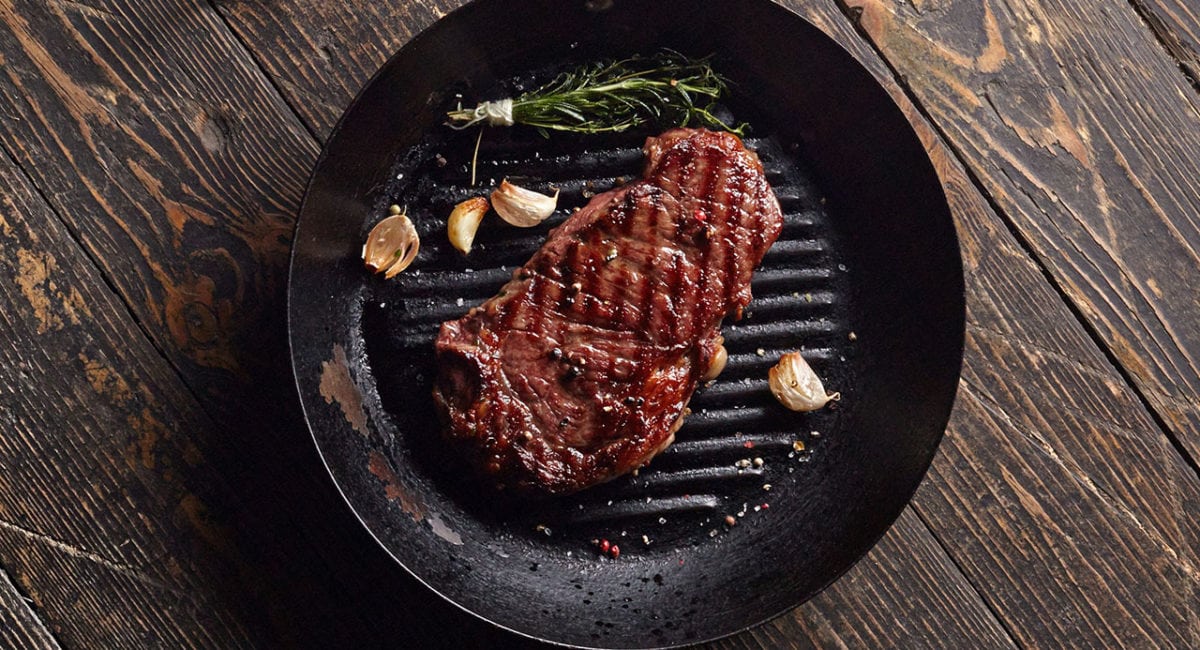

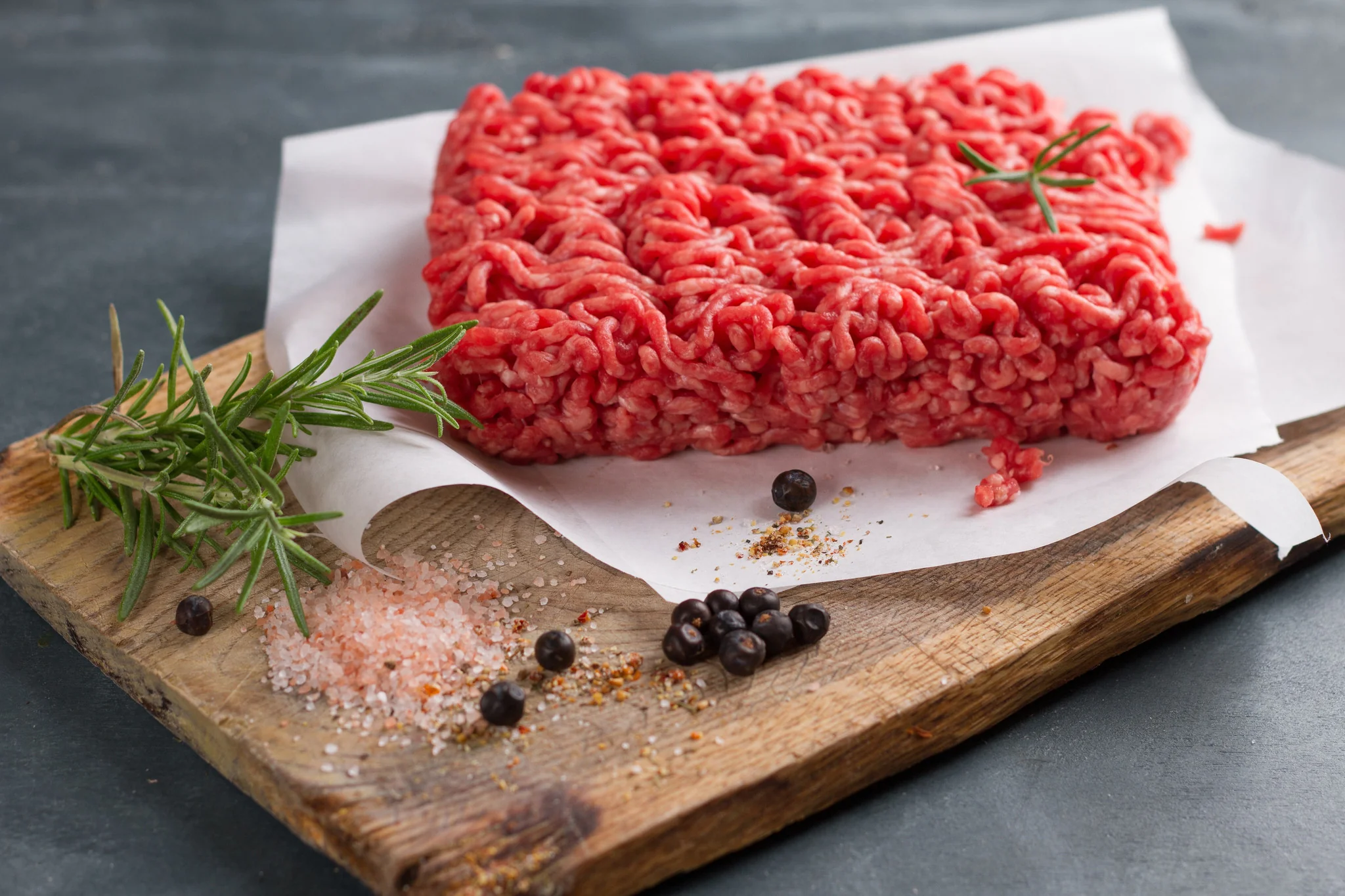
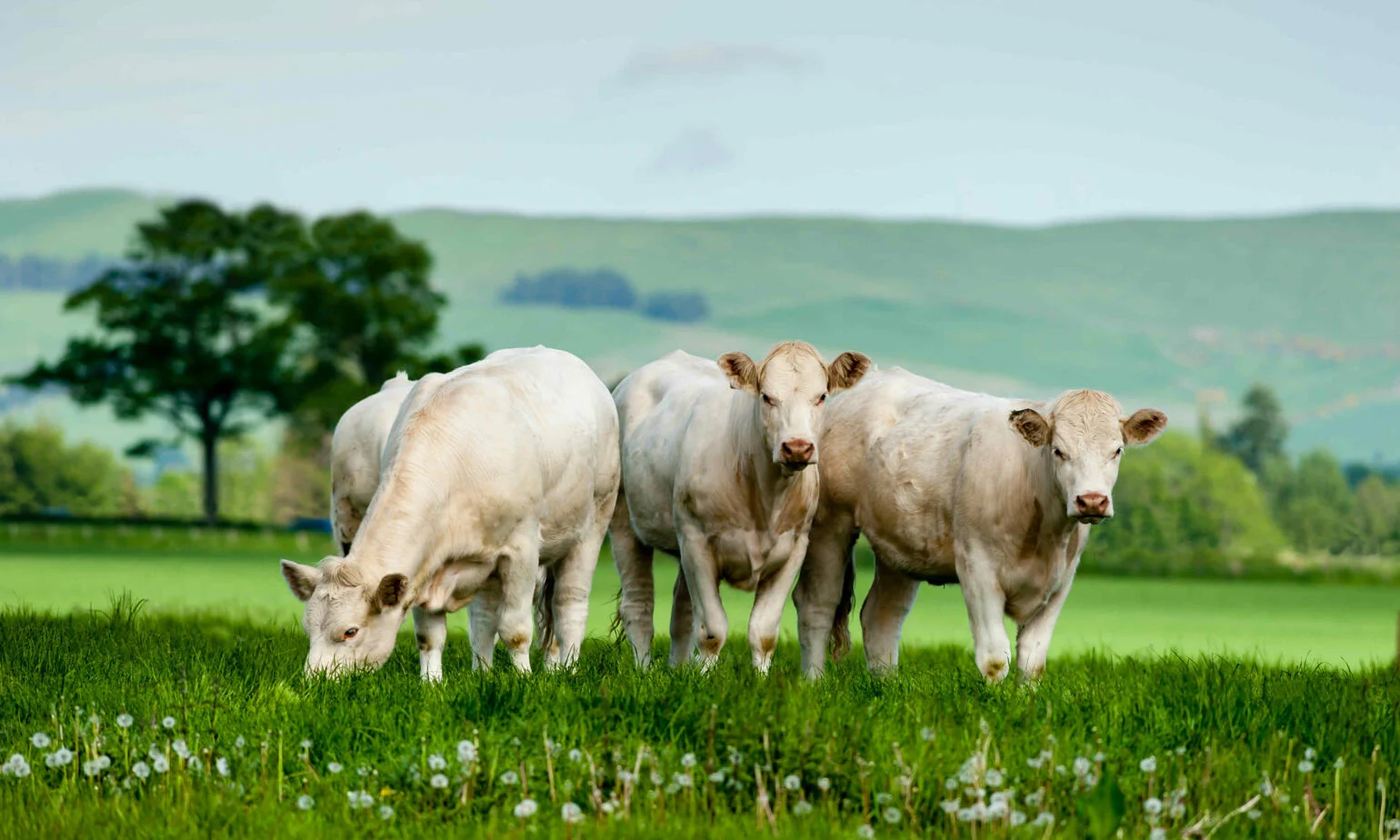
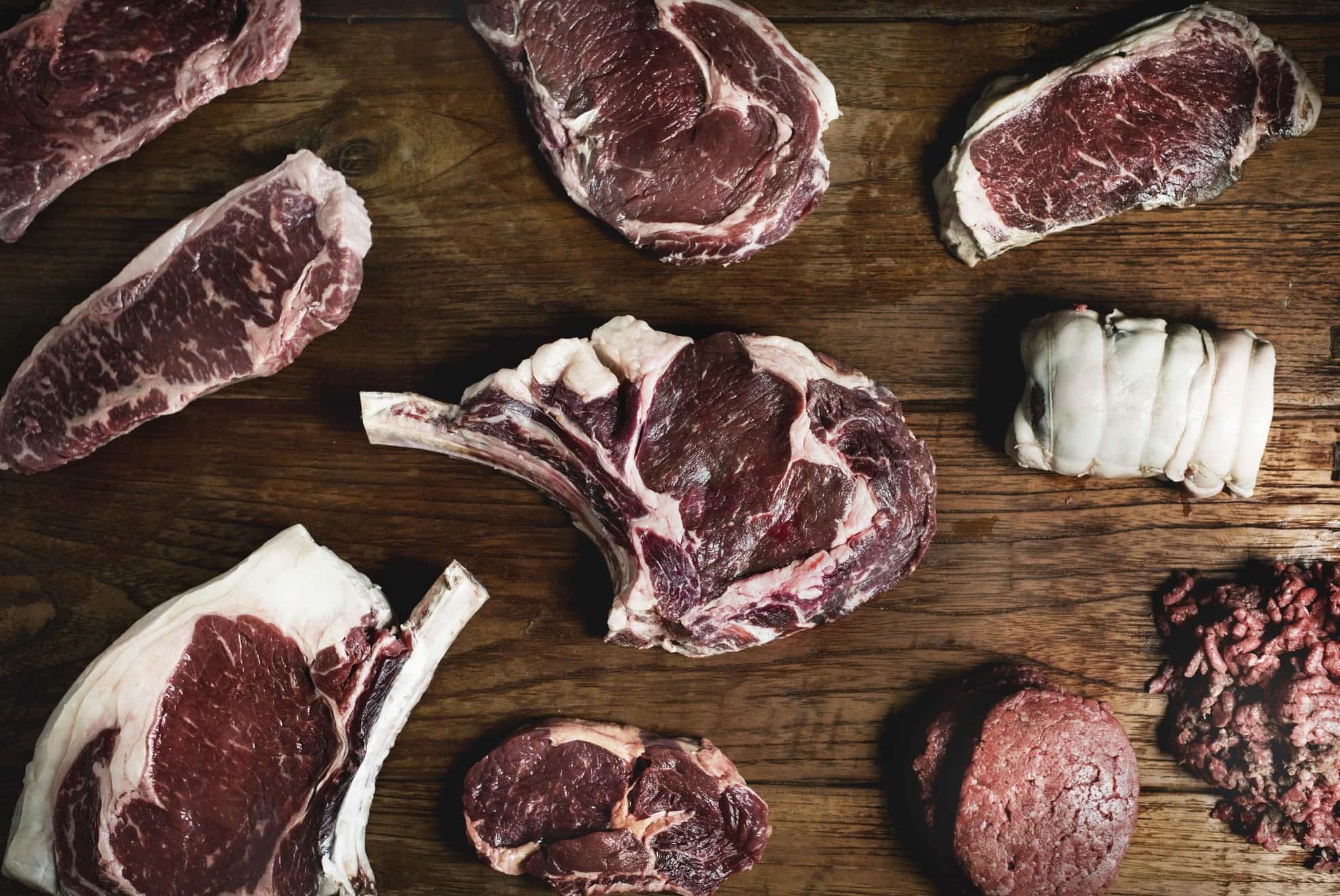
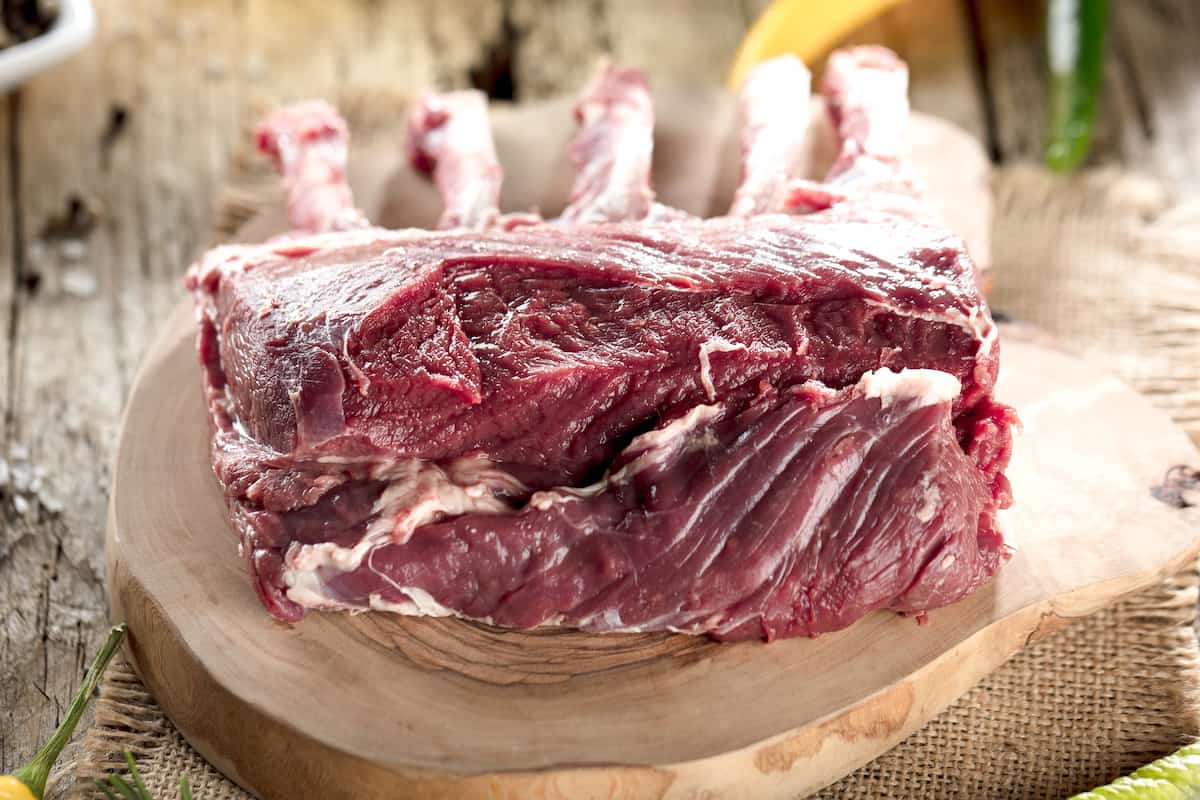
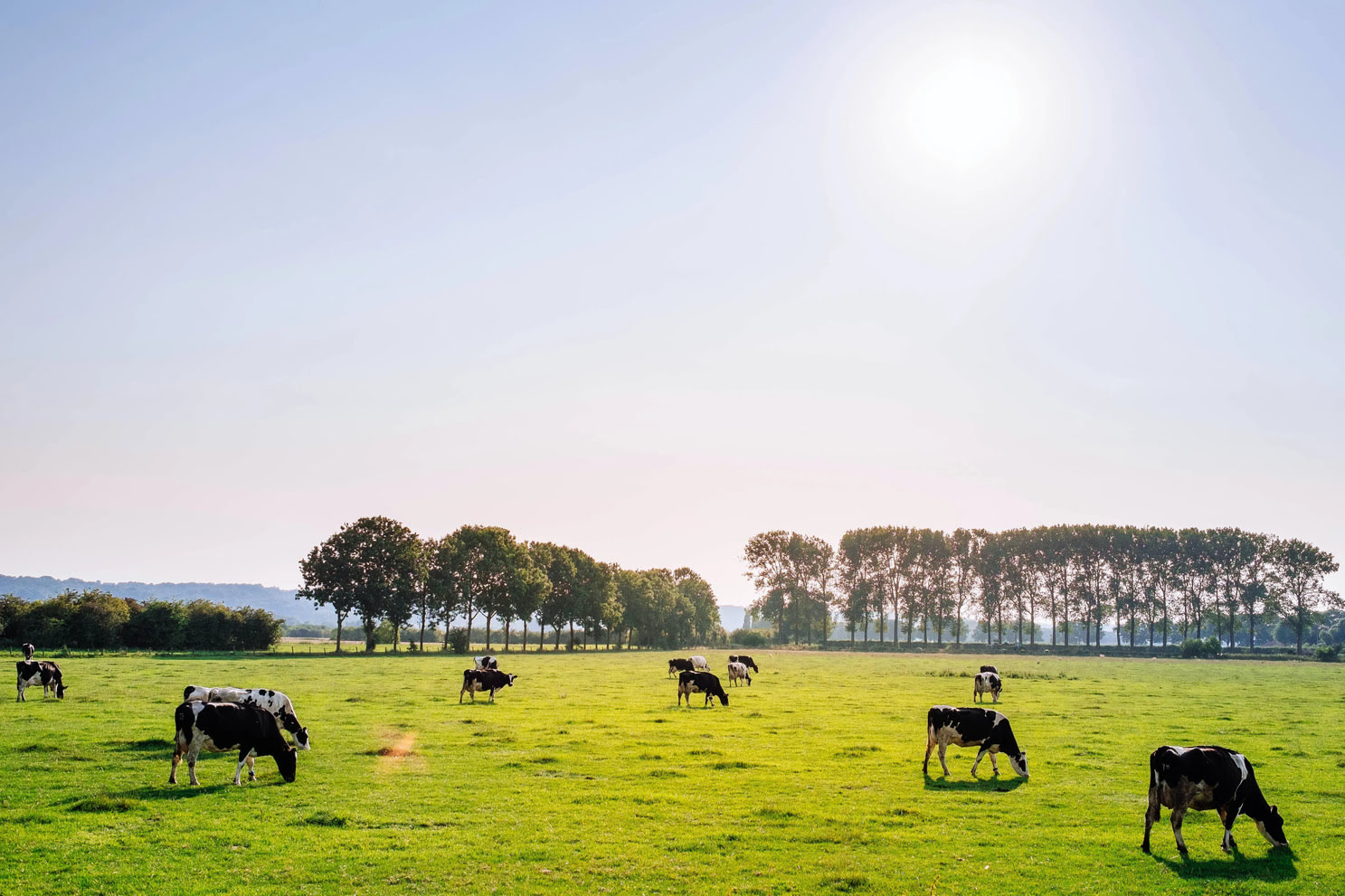

0 thoughts on “Why Grass-Fed Beef Is Better”